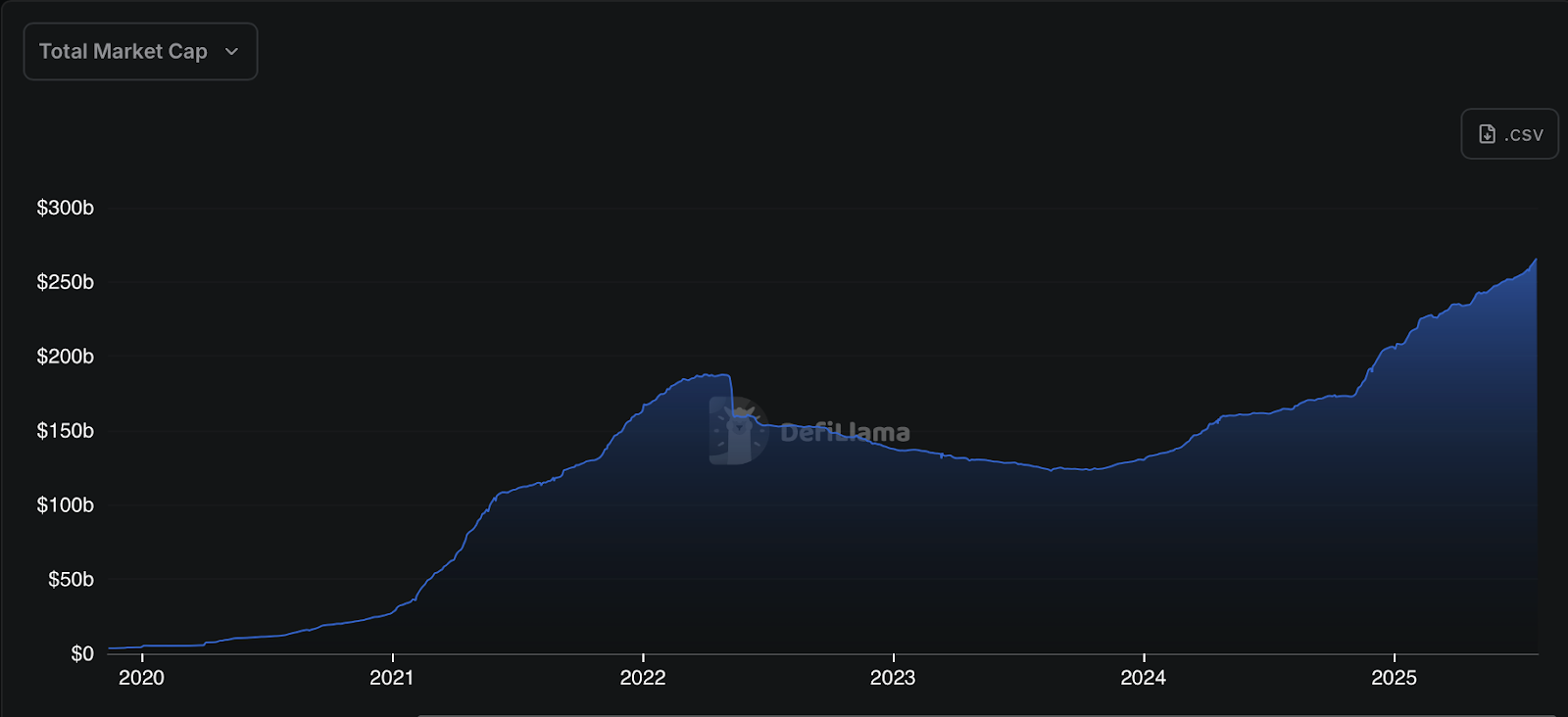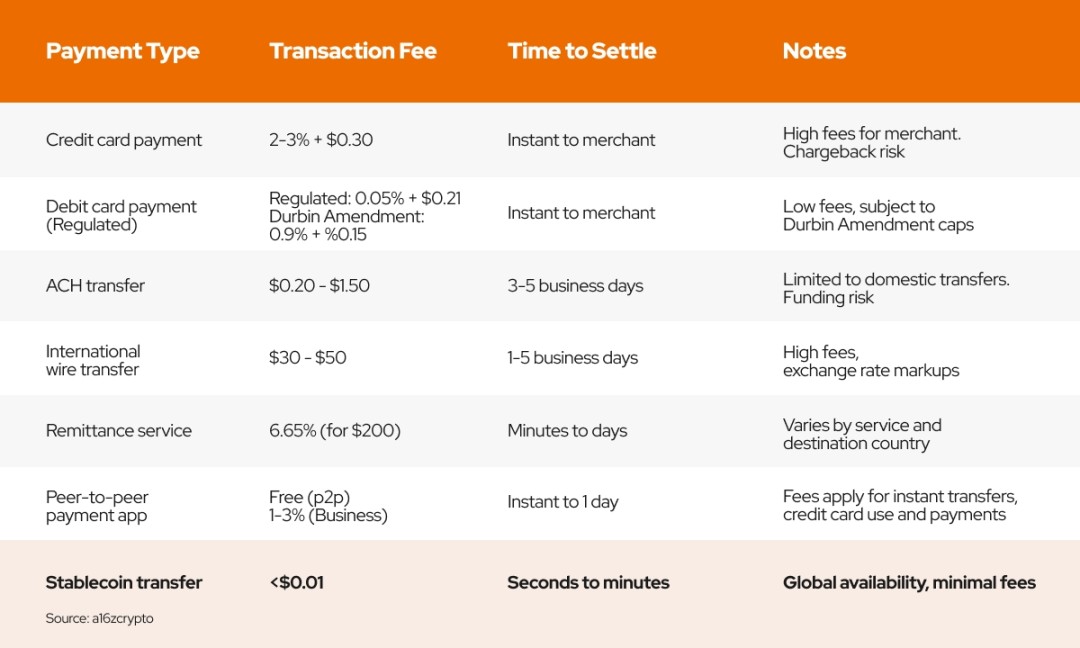When a payroll lands in employee wallets in seconds, or a sale clears across three continents with a single click, chances are, a stablecoin powered that transaction.
If you’re not already accepting stablecoins, your competitors (and your customers) are moving ahead. Here’s why more platforms and merchants are making stablecoins part of their core payment strategy.
What are Stablecoins?
First, let’s understand what stablecoins are. Stablecoins are digital tokens designed to hold a steady value by being pegged to a traditional currency like the US dollar or euro. Unlike volatile cryptocurrencies such as Bitcoin or altcoins, stablecoins are backed by real-world assets, making them predictable and practical for business use. They run on public blockchains, can be sent or received by anyone with a compatible wallet, and settle in real time anywhere in the world, 24/7.
From Niche Asset to Mainstream Utility
Stablecoins were once viewed as a side project of crypto: a bridge between digital assets and traditional finance. This perception has shifted dramatically. As of 2025, the total supply has increased from $2.5 billion in 2019 to over $270 billion today.
Now, what explains this meteoric growth?

The answer lies in the friction businesses face with legacy payment systems: delays in cross-border settlement, hidden fees, lack of transparency, and reliance on intermediaries, which stablecoins solve all. Stablecoins offer a direct, programmable, and globally accessible digital currency that behaves like cash, but with the speed and reach of the internet.
Why Businesses Are Embracing Stablecoins
Instant Settlement, Always-On Commerce
Traditional international payments can take days to clear, often passing through multiple banks before reaching their destination. With stablecoins, settlement can happen within minutes, sometimes seconds, regardless of banking hours or national borders. This creates opportunities for companies to run real-time payrolls, enable just-in-time supply chain payments, or settle e-commerce transactions globally without waiting for wires to clear.
Predictability and Price Stability
Unlike most cryptocurrencies, stablecoins are pegged to fiat currencies such as the US dollar or euro, offering price predictability. This is why they are so attractive for merchants and platforms who need to reconcile payments, manage cash flow, and minimize exposure to volatility.

New Markets, New Customers
In countries facing inflation, capital controls, or limited access to banking, stablecoins are already becoming the default digital dollar. For example, in Latin America, 43.6% of users engage with crypto for daily spending or cross-border payments. These are families paying bills, freelancers getting paid, and businesses transacting across borders, no bank required.
Lower Costs and Increased Margins
Stablecoins can reduce transaction fees significantly, particularly for B2B payments. For example, sending USDC on Polygon can cost less than $0.10 per transaction, compared to 1.70-3.5% for card-based payments. For high-frequency or low-margin businesses, these savings are both material and repeatable.

Programmable, Automated Settlement
Because stablecoins exist on open, programmable blockchains, companies can integrate payment logic directly into their platforms. This means that revenue sharing, instant settlement, compliance checks, and even loyalty rewards can be automated at the point of payment. No more batch processing or reconciliation delays.
Regulation: The Missing Link is Now in Place
For years, regulatory uncertainty was the main barrier to stablecoin adoption. This is changing rapidly.
In the U.S., two new landmark laws now provide a clear path forward: the GENIUS Act and the Clarity for Payment Stablecoins Act, both signed in 2025. Together, these laws establish a comprehensive federal framework for stablecoins, requiring 1:1 asset backing, mandatory audits, and ongoing disclosures. European businesses benefit from the Financial Services & Markets Act (UK, 2023), which classifies fiat-backed stablecoins as regulated payment instruments, while in Asia, Japan’s Stablecoin Law (2023) recognizes stablecoins as legal electronic means of payment. These reforms make stablecoin adoption practical and secure across major markets.
These regulatory frameworks now offer national and regional clarity, removing the barriers that once held back institutional adoption. For B2B partners, this means stablecoins are not only legally viable, but your business does not need to build a dedicated compliance team; specialized providers like NAKA can manage the legal, and regulatory requirements on your behalf.
Real-World Acceptance: From the Internet to the High Street
In 2025, over 67% of vendors in advanced economies and 92% in emerging markets report that they are ready to accept stablecoins as payment. Major companies such as Walmart and Amazon are piloting stablecoin settlement for suppliers and payroll, while fintech giants like Visa, and Mastercard have launched stablecoin settlement rails.
At the local level, cities like Lugano, Switzerland, or San Salvador, El Salvador have become living laboratories: hundreds of shops, restaurants, and service providers accept stablecoins for daily payments, and businesses can settle instantly in stablecoins or local fiat.
The NAKA Solution: Unlocking Stablecoin Payments for B2B
Despite the promise, integrating stablecoin payments into an existing business presents several challenges. The primary obstacles are compliance, seamless onboarding, and effective integration with existing payment systems.
NAKA bridges this gap. The Virtual NAKA Card and NAKA Payment Network allow any wallet, exchange, or fintech platform to issue cards and accept stablecoins for payments without requiring users to convert to fiat or surrender custody. Settlement can happen in either stablecoins or fiat, offering maximum flexibility.
Businesses can:
- Reach new customer segments.
- Lower operational costs and eliminate FX challenges.
- Issue white-labeled custodial or self-custodial cards, and integrate the decentralized NAKA Payment Network.
- Stay fully compliant with regulations, with NAKA handling KYC, transaction monitoring, and reporting.
Why the Power of Stablecoins Matters Now
The next wave of innovation will focus on seamless user experiences, deeper regulatory integration, and multi-currency settlement where stablecoins are simply part of “how business gets done.”
For businesses, this is a chance to reach untapped markets, operate with unprecedented efficiency, and deliver payment experiences that match the expectations of a digital-first world.
Ready to accept stablecoins as a form of payment? Let’s talk.










